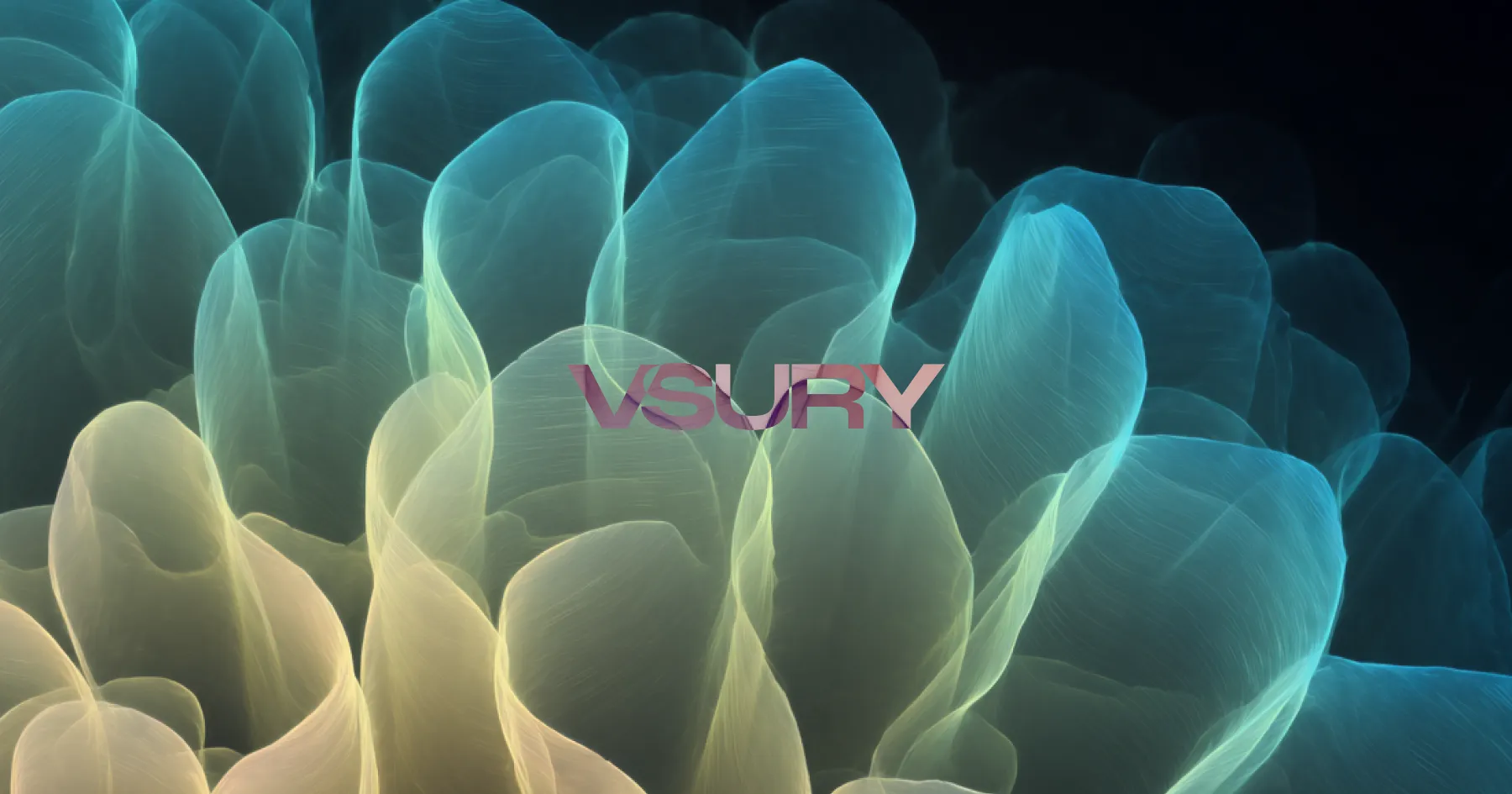UI design is getting a complete AI transformation right now. Not through flashy marketing promises, but through actual productivity gains that professional teams can measure in reduced design time and improved iteration speed.
Every smart design team is experimenting with AI-powered interface generators, automated layout tools, and intelligent design assistants. But here's what breaks people's brains. Most AI tool recommendations come from people who've never actually designed production interfaces under real deadline pressure with demanding clients.
TL;DR: Professional web developer Denver teams rely on Figma AI for rapid component generation, Adobe Sensei for intelligent layout automation, and Uizard for wireframe-to-design conversion in UI projects. These tools reduce UI design time by 40-60% when properly integrated into existing workflows. Success comes from choosing tools that enhance creative thinking rather than replacing strategic design decisions and user experience expertise in interface development.
Why AI Tools Actually Transform UI Design Projects
The smooth, flowing curves in our header image perfectly represent the fluid and dynamic nature of modern UI design enhanced by AI tools. Just like those organic, overlapping shapes create visual harmony and depth, AI tools blend with human creativity to produce interfaces that feel both sophisticated and intuitive.
Traditional UI design involves massive amounts of repetitive work. Creating component variations, generating responsive layouts, building design systems, optimizing visual hierarchies. Tasks that consume days but don't require deep creative thinking or strategic user experience planning.
Speed creates competitive advantages in interface design. When your team can design, iterate, and refine faster than competitors, you win more projects and deliver superior user experiences. AI tools don't replace creative vision. They eliminate tedious work so designers focus on solving complex UX problems and creating exceptional interface solutions.
Consistency improves through intelligent automation. AI tools follow design system principles religiously. They don't forget spacing rules or skip accessibility considerations. When properly configured, these tools maintain visual consistency and suggest improvements based on thousands of successful interface implementations.
Project economics shift dramatically. Less time on routine design tasks means lower costs for clients and higher margins for development teams. Professional shops can take on more UI projects or invest extra time in custom interactions that create real user value.
But here's the reality check. AI tools amplify existing design skills rather than creating capabilities from nothing. Experienced designers get massive productivity boosts. Beginners often struggle because they lack the knowledge to evaluate AI suggestions effectively within interface design constraints.
Essential AI Design Tools That Accelerate Interface Creation
Let's cut through the marketing noise and focus on tools that perform under real UI design pressure. Not every AI design assistant deserves attention, but these have proven themselves in professional interface development environments.
Figma AI dominates the UI design workflow for good reason. This tool generates component variations, creates layout alternatives, and produces design systems that translate beautifully into development handoffs. When building complex interface patterns, Figma AI reduces initial design time by 50-70% while maintaining professional quality standards.
Perfect example. Team needs to create a comprehensive dashboard interface with dozens of data visualization components. Instead of designing every chart and widget manually, Figma AI generates variations based on initial concepts. Designers review, refine, and optimize the components, then developers implement them with consistent styling and responsive behavior.
Adobe Sensei revolutionizes UI design with intelligent features across Creative Suite applications, automating layout generation, color palette creation, and typography optimization specifically for interface design. Professional teams use Sensei to accelerate repetitive design tasks while maintaining creative control.
Uizard transforms wireframes into high-fidelity UI designs automatically. This tool understands interface patterns and converts rough sketches or low-fidelity mockups into polished designs that follow modern UI conventions and accessibility standards.
Sketch AI enhances traditional Sketch workflows with intelligent design suggestions and automated component creation. For teams already invested in Sketch ecosystems, these AI features integrate naturally without disrupting established interface design processes.
Framer AI creates interactive UI prototypes from simple descriptions or static designs. Describe the interface behavior you want, and Framer generates functional prototypes that demonstrate user interactions before development begins.
Here's what separates successful AI tool adoption from expensive failures. These tools work best with experienced professionals who understand when to accept suggestions and when to ignore them completely. AI generates functional interfaces, but humans provide strategic thinking and user experience expertise that actually matters for project success.
AI-Powered Layout and Component Generation for Web Developer Denver Teams
UI design traditionally requires extensive manual work to create layouts, components, and responsive variations. AI tools are automating many of these processes while maintaining design quality and user experience standards.
Automated layout generation creates responsive interface structures based on content requirements and design system rules. Professional teams use these tools to rapidly explore layout alternatives and identify optimal arrangements for different screen sizes.
Component library automation generates design system elements that maintain consistency across different interface areas. AI tools create button variations, form elements, navigation components, and data display widgets that follow established design patterns.
Responsive design optimization automatically adapts interface layouts for different devices and screen orientations. These tools understand responsive design principles and generate appropriate breakpoints and layout adjustments.
Color palette and typography suggestions help designers create cohesive visual systems that enhance usability and brand consistency. AI tools analyze content requirements and suggest appropriate color schemes and typography combinations.
Accessibility compliance automation ensures interfaces meet WCAG guidelines and accessibility standards. These tools automatically check color contrast, suggest alternative text, and identify potential accessibility barriers during the design process.
Design System Automation AI for Professional Projects
Design systems create consistency and efficiency across large UI projects. AI tools are making design system creation and maintenance more accessible while ensuring scalability and coherence.
Design token automation generates consistent spacing, colors, typography, and component specifications that development teams can implement directly. This automation reduces communication gaps between design and development phases.
Component documentation generation automatically creates style guides and usage documentation for design system elements. AI tools analyze component usage patterns and generate appropriate documentation for team collaboration.
Pattern library expansion suggests new components and variations based on existing design system elements. These tools help teams maintain consistency while expanding capabilities for new interface requirements.
Brand consistency checking analyzes designs against established brand guidelines and flags inconsistencies. Professional teams use these tools to maintain brand coherence across different designers and project phases.
Version control and collaboration features help teams manage design system evolution and ensure everyone uses current components and patterns.
Content and Asset Creation AI for Interface Design
UI design requires extensive visual content, icons, and interface elements that traditionally take significant time to create. AI tools are solving these bottlenecks and accelerating interface development timelines.
Icon and illustration generation creates custom interface elements when stock libraries don't meet project requirements. Instead of commissioning custom artwork or spending hours searching for appropriate icons, teams generate exactly what they need for specific interface contexts.
Image optimization and processing automatically prepares visual assets for different interface uses, including responsive images, icon sets, and background graphics optimized for web and mobile applications.
Copy and microcopy generation creates interface text, button labels, error messages, and user guidance content that supports usability goals. Professional teams use these tools to create placeholder content that demonstrates interface functionality during design phases.
Data visualization automation generates charts, graphs, and dashboard elements based on data requirements and design system specifications. These tools create appropriate visualizations that integrate seamlessly with overall interface designs.
Reality check time. AI-generated content requires human review and strategic oversight. These tools create starting points, not finished products. Best results come from using AI to overcome creative blocks, then refining output to match specific brand requirements and user experience goals.







